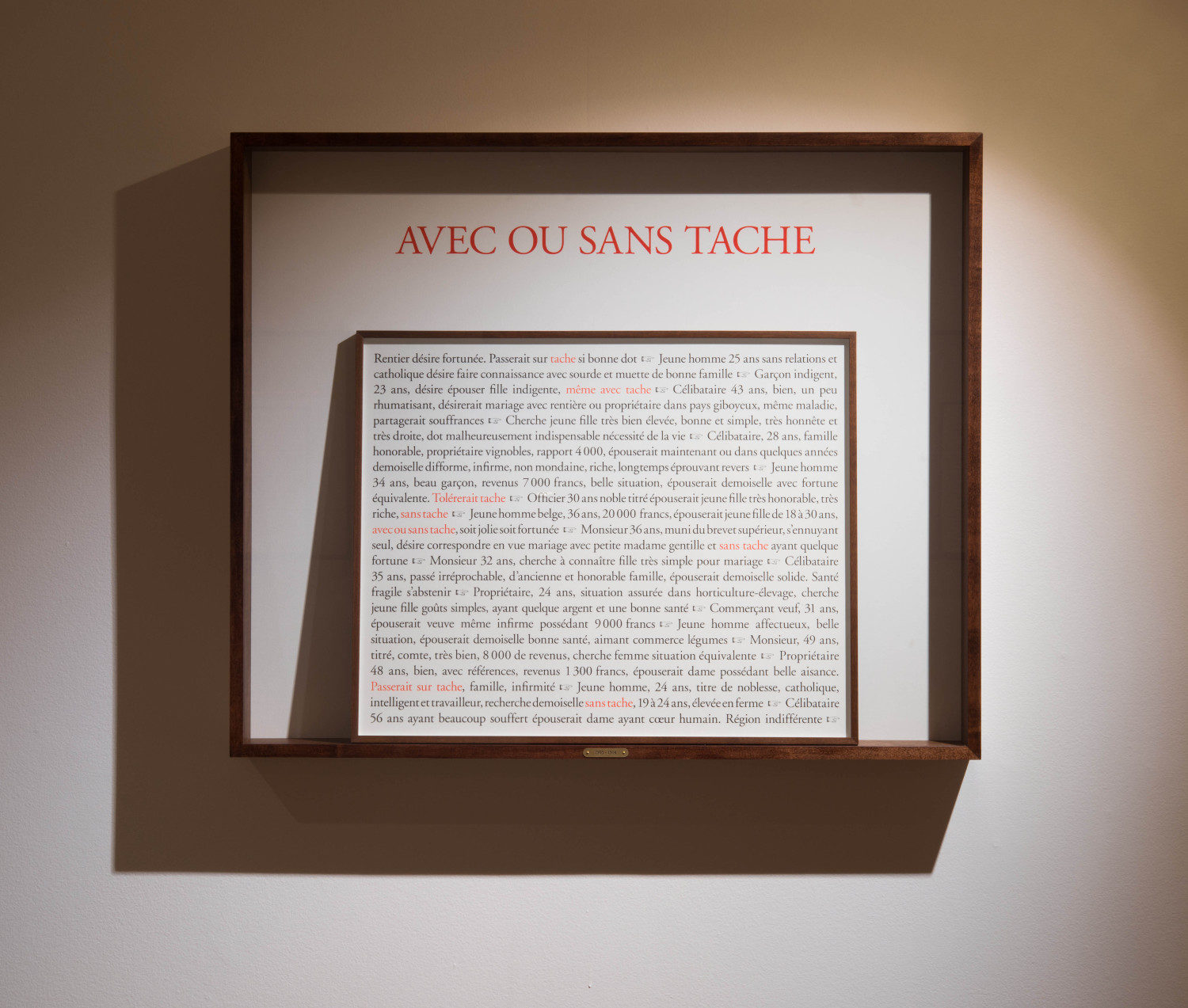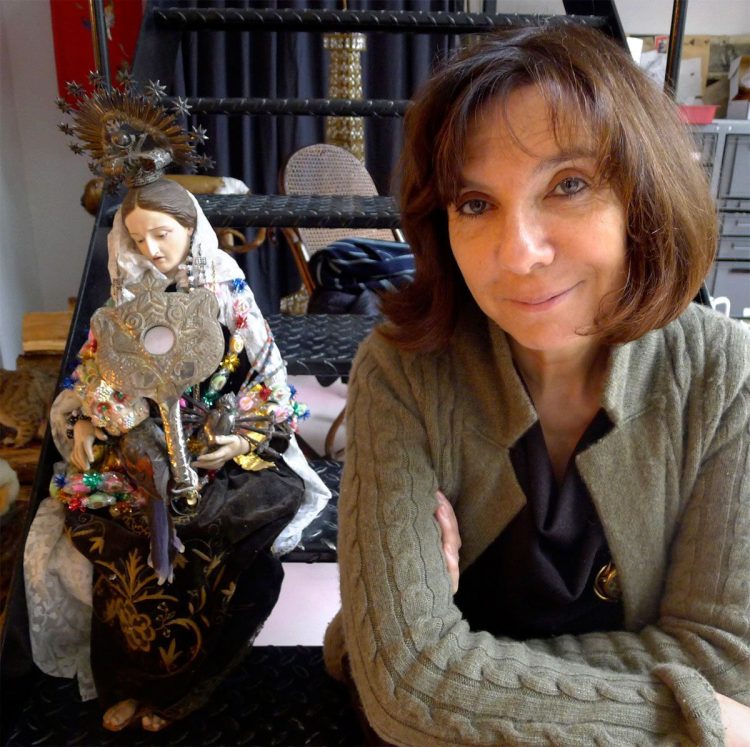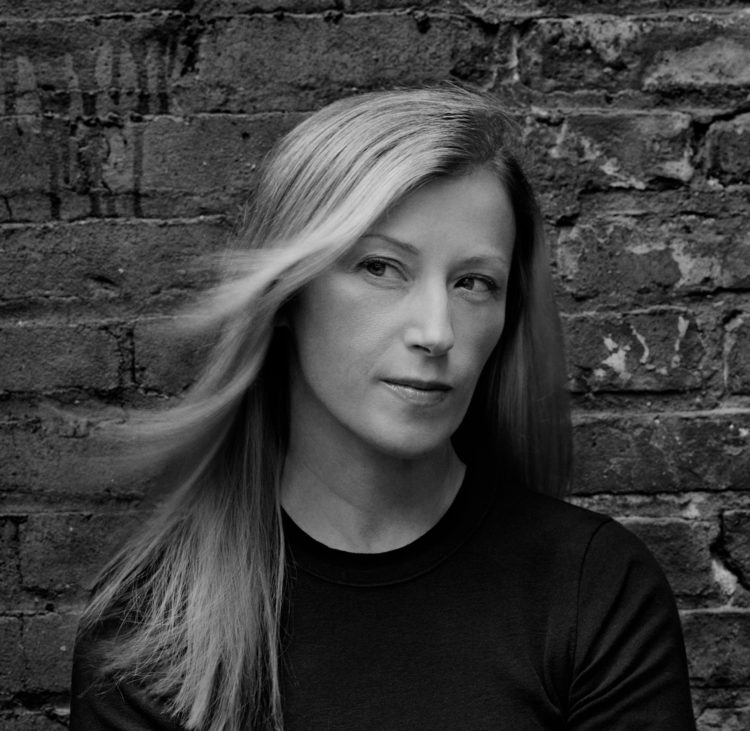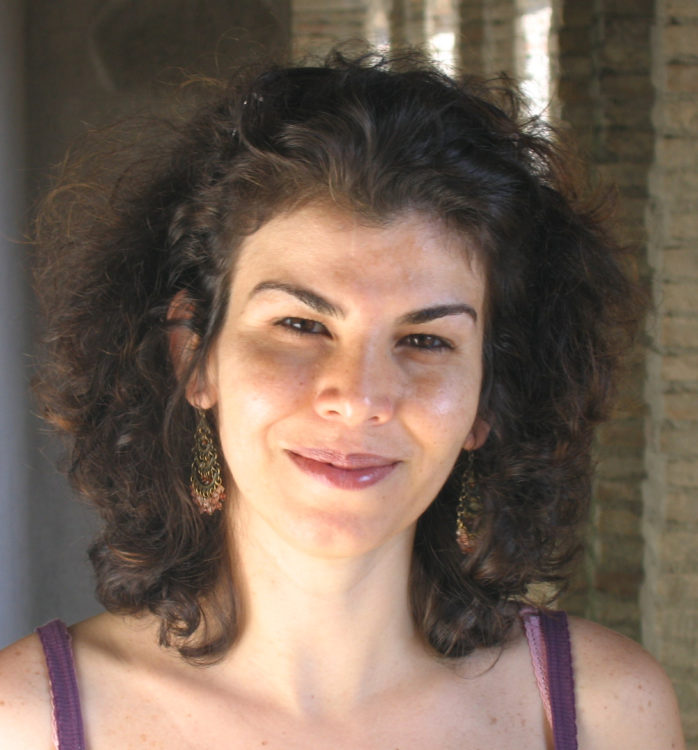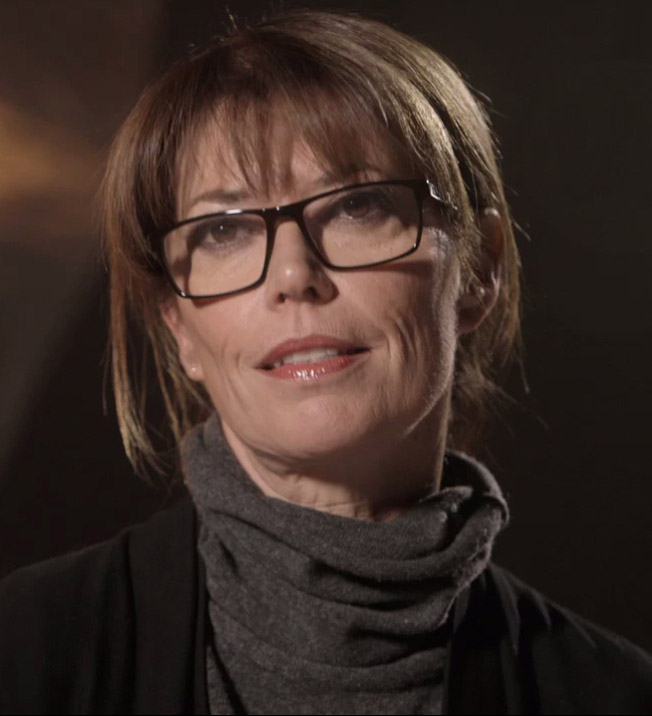Review
Sophie Calle, Le Chasseur français, 2017, 12 screenprinted texts, 67 x 81 cm, © Musée de la Chasse et de la Nature, Sophie Calle / ADAGP – Photo: Béatrice Hatala
Sophie Calle disseminates her work (alongside that of Serena Carone, her guest) at the musée de la Chasse et de la Nature in Paris. In a visit that takes the form of a hunt, we seek out the artist and her works – the two being intimately and explicitly connected – in the midst of hunting weapons, trophies, and animals.

Sophie Calle, Souris, 2017, Courtesy Perrotin, © Sophie Calle / ADAGP, Paris
Text: Fabio l’a embrassé. Camille lui a murmuré à l’oreille sa chanson She Was. Florence l’a caressé. Anne l’a endormi. Il est mort. Maurice a creusé un trou dans le jardin. J’ai installé Souris dans un petit cercueil en bois blanc qui servait de modèle aux représentants de commerce avant l’usage de la photographie. Trop petit. Ses pattes de derrière dépassaient. Yves l’a enterré. Serena a planté des jonquilles autour de la tombe. J’ai reçu un message sur mon téléphone : Sophie, je suis désolé pour ton chat. Peux-tu dire à Camille de rapporter des légumes notamment poireaux et navets si elle en trouve ? Je t’embrasse.
The very first contact established is that of death: the death of her father, the death of her cat Souris [Mouse]. In a room with the airs of a mausoleum, our eyes cross: the very tomb, the hands of her recently deceased father. The white walls are pages on which Sophie Calle explains, documenting her interest in stuffed animals. Mes morts (2017) are loved ones, dead or alive, whom the artist symbolically encloses within these animal skins. The text accompanies Deuil pour deuil (2017), an installation in which Serena Carone represents her friend in a life-sized sculpture, like a mortuary effigy, wearing a dress of insects made of china, Bernard Palissy style, her fingers full of rings set with eyes, presiding over the assembly of the deceased.

Serena Carone, Deuil pour deuil, 2017, enamel faïence, © Musée de la Chasse et de la Nature -Serena Carone / ADAGP – Photo: Béatrice Hatala
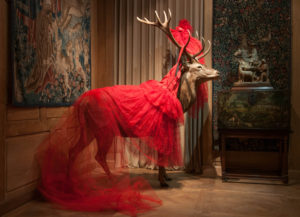
Sophie Calle, from the series Histoires vraies, 2017, © Musée de la Chasse et de la Nature –Sophie Calle / ADAGP – Photo: Béatrice Hatala
Objects and texts are also found upstairs, inserted here and there like a bona fide treasure hunt. Although the pages are verbose, the artist nonetheless eludes us. We note her presence, or rather, absence, with these staged objects and situations, as though she had just left them. This is particularly visible in La Dispute (1992), where the upturned chair and objects thrown on the floor resemble a crime scene that has only just been deserted. The objects reactivate the memories of her performances, we recognise familiar elements from Sophie Calle’s art; the bed sheets, carefully ironed and folded, evoke her bed, in which she invited strangers to sleep in 1979.1 We also come across ghosts, notably that of Greg Shephard, by way of the many Histoires vraies (1988-2003) encased in kitsch little frames.

Sophie Calle, from the series Histoires vraies, 2017, © Musée de la Chasse et de la Nature –Sophie Calle / ADAGP – Photo: Béatrice Hatala
The visit culminates with collecting, as a way of documenting the lives of others this time. Entitled Le Chasseur français (2017), this series comprises little personal ads from the late 19th century to the present day, which she found in various newspapers (Le Chasseur français, Le Nouvel Observateur) as well as on websites internet (Meetic and Tinder). Published by men, these bottles sent out to sea retrace, one after the other, a diverse range of desirable female types depending on the period. We note that the Rubensian canon was in vogue in the 1990s, whereas several decades earlier it was possible to find such insanities as “Adventurers please refrain” or “Authoritarians need not apply”. By turns weird, romantic, tragic, and often comical, the research is accompanied by a series of photographs, À l’espère (2017), presented in the adjoining room. Showing deserted public waiting areas, these images form a melancholy echo of the matrimonial ads, and hence, through the absence of the Other, the echo of a solitary existence.
Sophie Calle and Serena Carone, Beau doublé, monsieur le marquis !, from 10 October 2017 to 11 February 2018, at the musée de la Chasse et de la Nature (Paris, France).
In 1979, Sophie Calle asked strangers to sleep in her bed and photographed them as they slept. These encounters resulted in texts, a book, as well as Les Dormeurs, a series of photographs, some of which are visible on the website of the Galerie Emmanuel Perrotin, https://www.perrotin.com/fr/artists/Sophie_Calle/1/les-dormeurs/7366, consulted on Thursday 9 November 2017.
Eva Belgherbi, "On the Trail of Sophie Calle and Serena Carone: Beau doublé, monsieur le marquis!." In Archives of Women Artists, Research and Exhibitions magazine, . URL : https://awarewomenartists.com/en/magazine/traces-de-sophie-calle-de-serena-carone-beau-double-monsieur-marquis/. Accessed 4 July 2025
